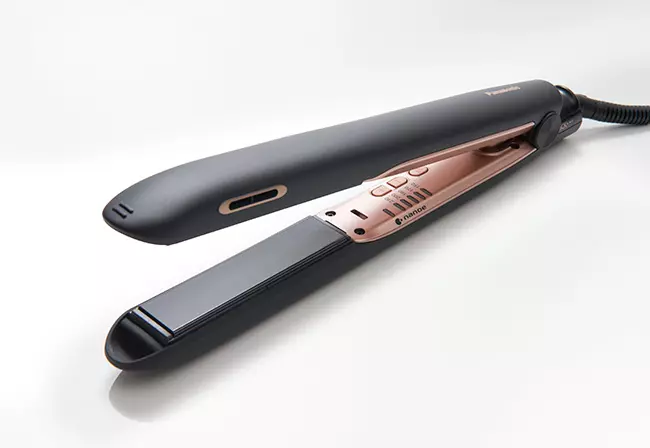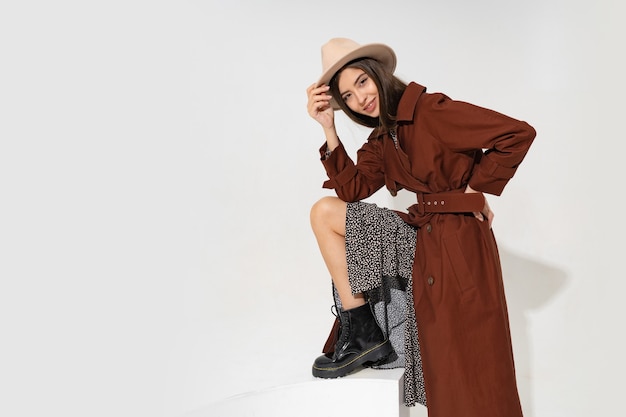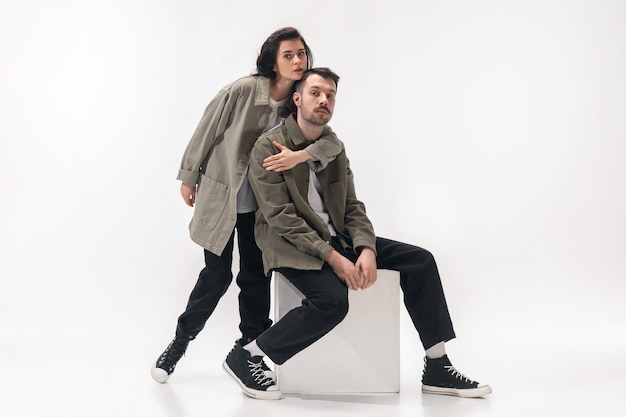
Three local Peruvian female weavers creating colourful alpaca wool on the ground in the Sacred … [+]
Obviously, you can’t travel to Peru right now, but if you’re itching to buy some of the country’s word class folk art, you can shop online. From pre-Inca times to the present day, handmade arts and crafts have symbolized Peruvian culture with skilled artisans working in a variety of mediums and styles. From quirky masks to complex woven textiles, hand-painted pottery to intricately carved gourds, from hand-crafted musical instruments to elaborate wood carvings, Peru’s distinctive handicrafts are beautifully crafted and a conversation-starting adornment for any home.
Here are some of the best handcrafted items in Peru and where to buy them online.

Weaving textiles in The Colca Valley is a colorful Andean valley with towns where the locals still … [+]
Woven Textiles: Among Peru’s most famous and ancient native crafts are hand-woven textiles. The oldest fabrics discovered in the country date to about 10,000 B.C. Today, using traditional backstrap or horizontal ground looms just like their ancestors, artisans weave fibers of prized alpaca and vicuña wool, as well as cotton and linen into colorful designs reflecting local customs and motifs. Bold, bright designs range from intricate geometric patterns to revered native animals in fabrics which can be purchased as tablecloths, table runners, placemats, rugs, tapestries, and blankets.

A herd of Alpaca in Peru.
Alpaca Wool: Andean alpacas have been a key part of Peruvian life for centuries and garments and home decor items are readily available from sweaters, hats and tote bags and super-soft baby alpaca scarves to traditional ponchos and blankets. Alpaca is lightweight, breathable, and hypoallergenic, as cashmere and non-itchy. Baby alpaca items made from the fleece of the first shearing is supremely soft. Even softer is the ultrafine wool of wild vicuñas, from which alpacas are descended.

Typical indigenous Inca traditional embroidery in Peru.
Embroidery: Hand embroidery, which in ancient times, often served ceremonial purposes, today reflects the cultural identity of each region or village with its own unique style. There’s vibrant, patterned embroidery on local women’s skirts, men’s vests, and other traditional garments. Pillowcases, jackets, and handbags are adorned with brightly colored floral accents. Elaborate wall hangings, known as bordados are hand-dyed, alpaca-yarn narratives stitched with scenes from daily life and embroidered on a wool cloth background.

Detail of beautiful works of art at country market scene in Arpiller, Peru.
Appliqué Fabric: Gorgeous Peruvian wall hangings are made of quilted appliqués on cotton fabric called arpilleras (meaning “sackcloth” or “burlap”). These hand-stitched, three-dimensional patchwork panels typically depict pastoral scenes of daily life. Two biblical themes, Noah’s ark — with llamas, of course — and nativity scenes, are also popular. The women making these brightly colored tapestries attach scraps of fabric, vinyl, felt, or straw fibers to the cloth background to tell the stories of their lives.

Wooden figurines for sale from Ollantaytambo, Peru
Wood Carvings: Peru has a rich wood-carving tradition derived from Spanish religious sculptures and carved furniture made for colonial churches and convents. Today, wood-carving centers around the country sell hand-carved classical religious figures as well as kings, magicians, dancers, and soldiers. Artisans also create wooden kitchen utensils and toys, painted animals and mythical beasts. In some folklore-rich towns, elaborate carved and painted masks of fanciful creatures and stylized characters are produced for popular festival days.

Carved and decorated gourds in a Peruvian market in the Sacred Valley, Peru”
Carved Gourds: Carved gourds, mates burilados, date back more than 4,000 years to pre-Inca societies when they were used in ceremonies. Commonly made in the Andes mountains, the gourds are made from the dried, hard-skinned rind of the gourd and then hand-etched, dyed, and acid-burned in a range of colors from ochre to dark brown and black. The carvings depict scenes of daily life, history and mythology.

Handicraft church on a Andean rooftop
Ayacucho Pottery: Considered Peru’s folk art and handicraft capital, the town of Ayacucho in the central highlands is a key pottery center. Using the local red and cream-colored clay adorned with brown and white paint, artisans produce small handmade churches (inspired by the town’s own 33 churches, one for each year of Jesus’ life). They come in all sizes, with either one or two towers and two clocks that are replicas of the one on the town’s main church. In the town of Quinua, the red-tiled roof of every house has at least one tiny church, used as protection against evil spirits.

Decorations on the roof of a farm near Puno, in Peru
Pucará Bulls: Near Lake Titicaca, the iconic torito de Pucará is an intricately-painted ceramic bull often used for ceremonial purposes. Originally made as a ritual element during the cattle-branding ceremony, these figurines are believed to bring prosperous harvests, livestock procreation, happiness in marriage, and household protection. Pucará bulls are often given as wedding gifts to Peruvian couples.

Indigenous Peruvian musical instruments made of gourds and seed pods for sale in the Sacred Valley, … [+]
Musical Instruments: The Peruvian highlands produce hauntingly beautiful music thanks to a variety of unique native instruments such as flutes, panpipes, guitars and drums. The most famous is the traditional Andean flute, or quena, a hollow reed with one thumb and six finger holes. The musical instruments are sold in markets throughout the highland regions.

Close up of a small wool alpaca figurine in Peru’s Sacred Valley
Llama Figurines: An important pack animal and source of wool for the Incas, the llama, is available typically as a white fluffy stuffed animal complete a halter, saddle bags, or pom-poms. They can be bought in multiple sizes, from tiny keychains and Christmas ornaments to teddy-bear like toys.
Whatever your fancy and while you’re waiting to explore Peru in person, let your fingers do the shopping online and become the proud owner of some beautifully hand-crafted Peruvian arts.

Quechua Boy playing flute in Peru/








